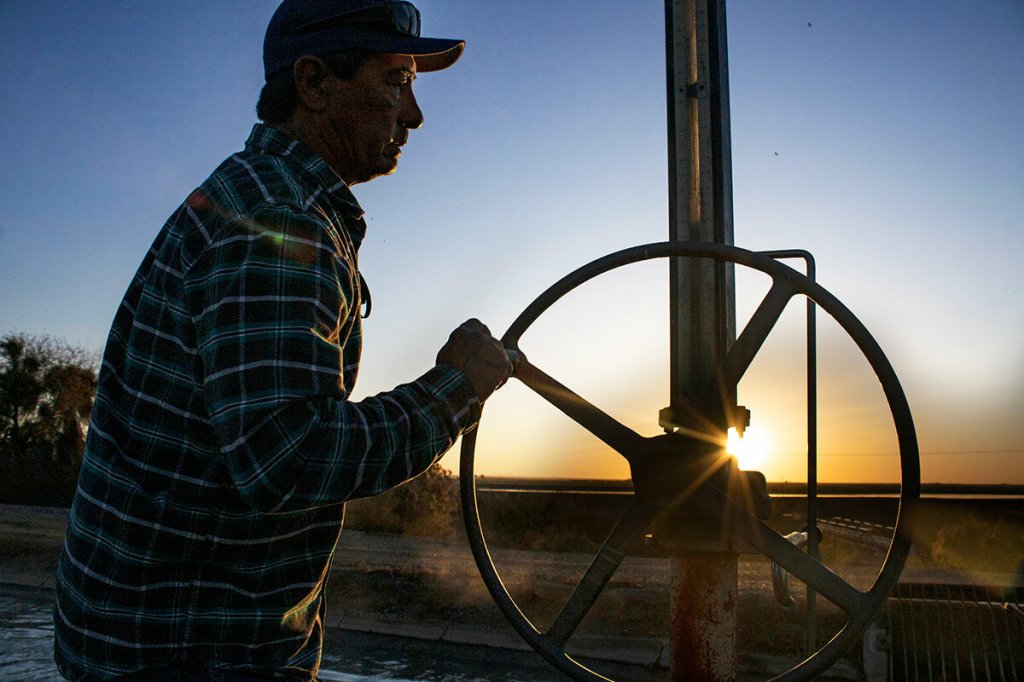
Photo: Sarah Matusek/The Christian Science Monitor.
Jeff Dollente, a zanjero for the Imperial Irrigation District, greets the sunrise on his morning shift delivering water to farm fields in Imperial County, California, Feb. 15, 2023. The water originates from the Colorado River.
Suzanne’s friend Kevin was here last month. He had some interesting thoughts about floods in California, droughts other places, and how great it would be to move excess water from flooded places to drought-stricken ones.
Today’s story, by Sarah Matusek at the Christian Science Monitor, is a bit different, but it describes one way people are already moving water to where it’s needed.
“In the right light, Jeff Dollente seems to make the sun rise. Standing over a canal, he cranks a wheel as the sun ascends and the sky yawns off the dark. … He delivers Colorado River water – a vital resource at risk –to farms that feed the rest of the United States.
“He’s a ‘zanjero,’ Spanish for ditch rider, for the Imperial Irrigation District, the area’s public-water and energy agency. California is entitled to the largest share of Colorado River water among seven basin states, and within that, the agency has the single largest entitlement, almost all of which goes to agriculture. Upping the ante: The river is the Imperial Irrigation District’s only water source.
“The crisis on the Colorado River, strained by overuse and the effects of climate change, is unlikely to reverse due to recent heavy rain and snow, experts say. While critical lows along the river threaten water supplies and hydropower, California hasn’t agreed with other states this year on who should conserve how much – though the Imperial Valley is a controversial target of calls for cuts.
“As the federal government prepares to weigh in and high-level talks continue, so do zanjero daily duties on the ground. It takes focus and precision to safeguard each drop of liquid gold. …
“The Imperial Irrigation District is entitled to 3.1 million acre-feet of Colorado River water a year, though it uses less. (In 2021, for example, the district reports conserving 485,709 acre-feet.) The district also has among the most senior water rights on the river; junior water rights holders are generally expected to take cuts first. Imperial Valley growers – touting their efforts in farm-based conservation – are trying to hold on to a water-intensive farming tradition that’s more than a century old.
“Greening nearly half a million acres of farmland flanked by desert, the district gets its Colorado River water from the Imperial Dam on the California-Arizona border. The water nourishes alfalfa, winter vegetables, and other crops to the west – passing through some 3,000 miles of canals and drains – and then runs off into the Salton Sea. Robert Schettler, public information officer, calls it a daily miracle. …
“It’s a high-stakes relay race. From the Imperial Dam, water flows into the major All-American Canal, which feeds into three main canals, and then is directed into a series of lateral canals. Zanjeros – who oversee the lateral canals 24/7 – usher that water to delivery gates at the edge of farm fields, according to how much has been ordered. …
“Today on the Redwood Canal, he’s tasked with delivering water measured in cubic feet per second. At one stop, he raises a gate a mere inch higher to adjust the flow.
“ ‘They’re the face of the district to the farmer,’ says Ralph Strahm, co-owner of Strahm Farms Inc. in Holtville. ‘They’re the ones that save the system from breaching if there’s a problem.’
“Some days are stressful for Mr. Dollente. But he’s never fallen in. He’ll often clean canals of trash – a tumbleweed today. One time he found a cow, another time a gun.
The water district employs around 140 zanjeros, currently all male. … The term comes from the word zanja, or ditch, and describes part of the irrigation practices introduced by Spanish settlers in what would become California. Zanjeros have worked for the Imperial Irrigation District since it formed in 1911, once living in houses near the waterways they tended. …
“The role has also evolved alongside technology like cellphones. Mr. Strahm, the farmer, works closely with zanjeros and keeps their contacts in his phone. Still, he says he’d like to see the water district adopt more automation, which is widespread but most extensive along the larger canals, to support conservation.
“ ‘We need more accurate and timely delivery of water with recording devices to alert the zanjero when the water fluctuates,’ says the grower.
“Water-saving measures that he favors, like sprinkler or drip irrigation, don’t work when water fluctuates, he adds. ‘If there’s too little, the system shuts off. And if there’s too much, it can’t be used. It just goes to waste.’ ”
More at the Monitor, here. No firewall.

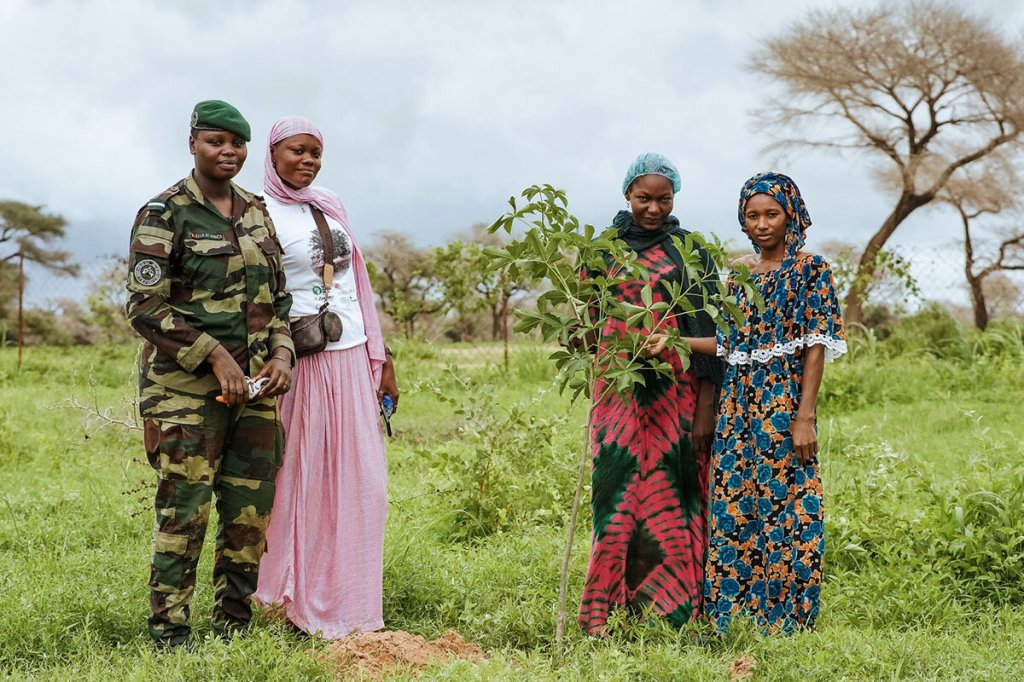












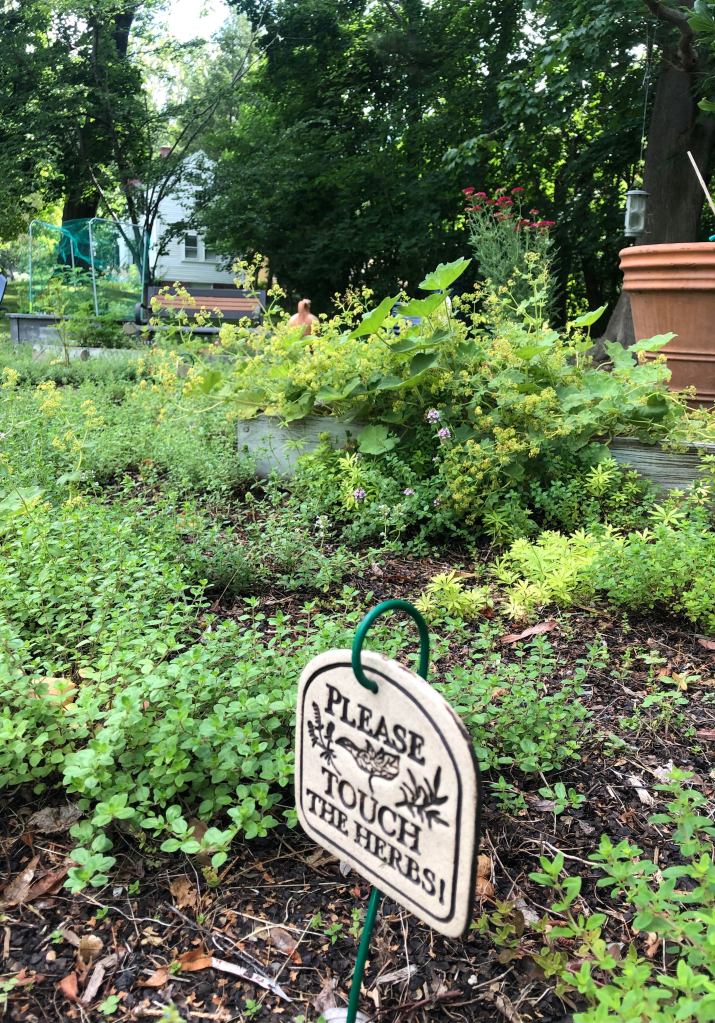




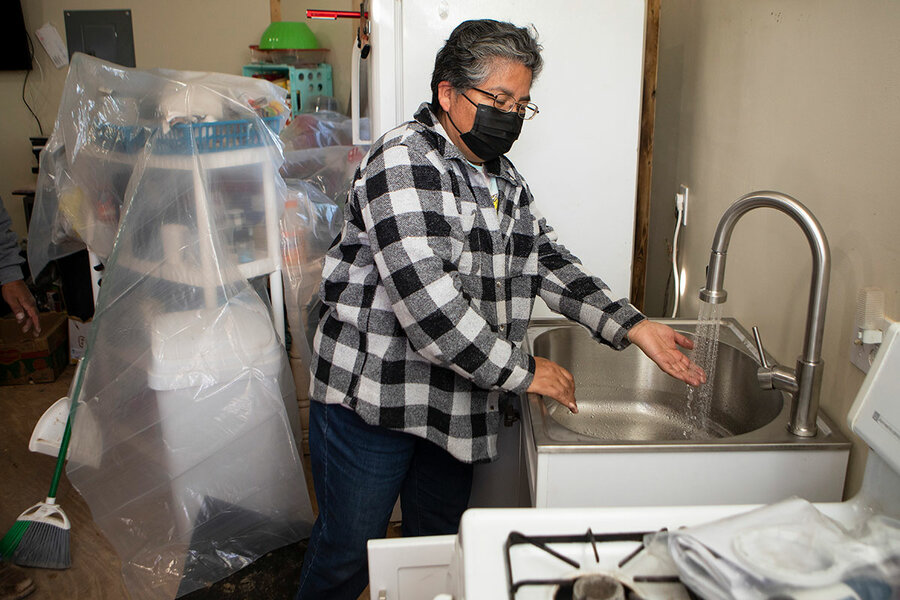

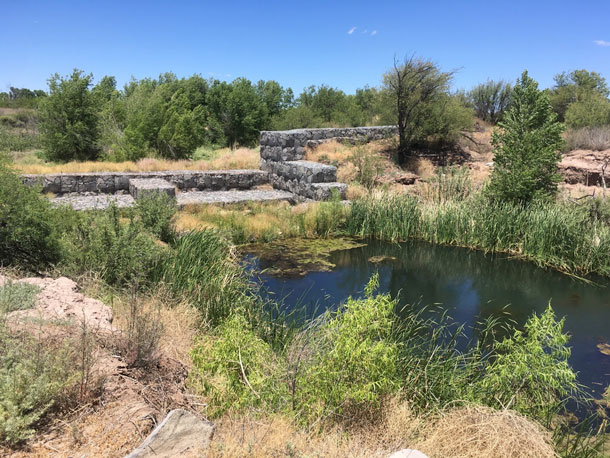
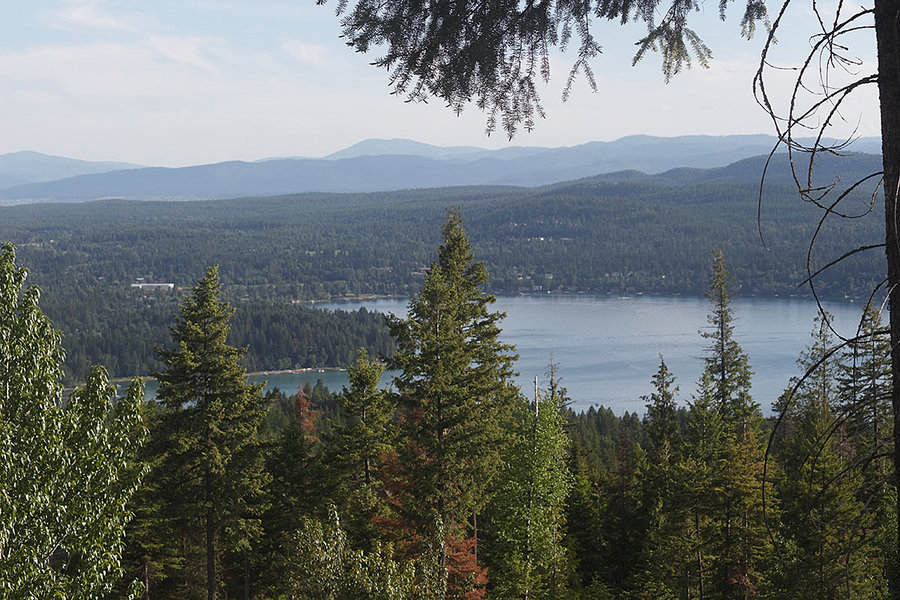

 Photo:
Photo: 

